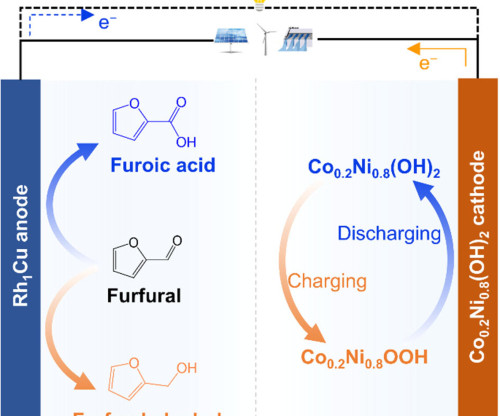Novel Concentration-Gradient Shell Li-ion Cathode Material Delivers High Capacity and Excellent Cycling Stability
Green Car Congress
AUGUST 20, 2010
(a) SEM image and (b) cross-sectional images of Li[Ni 0.67 A team from Hanyang University (Korea), Iwate University (Japan) and Argonne National Laboratory in the US synthesized a novel Li[Ni 0.67 The discharge capacity of the concentration-gradient Li[Ni 0.67 and Li[(Ni 0.8 The Li[Ni 0.67




















Let's personalize your content